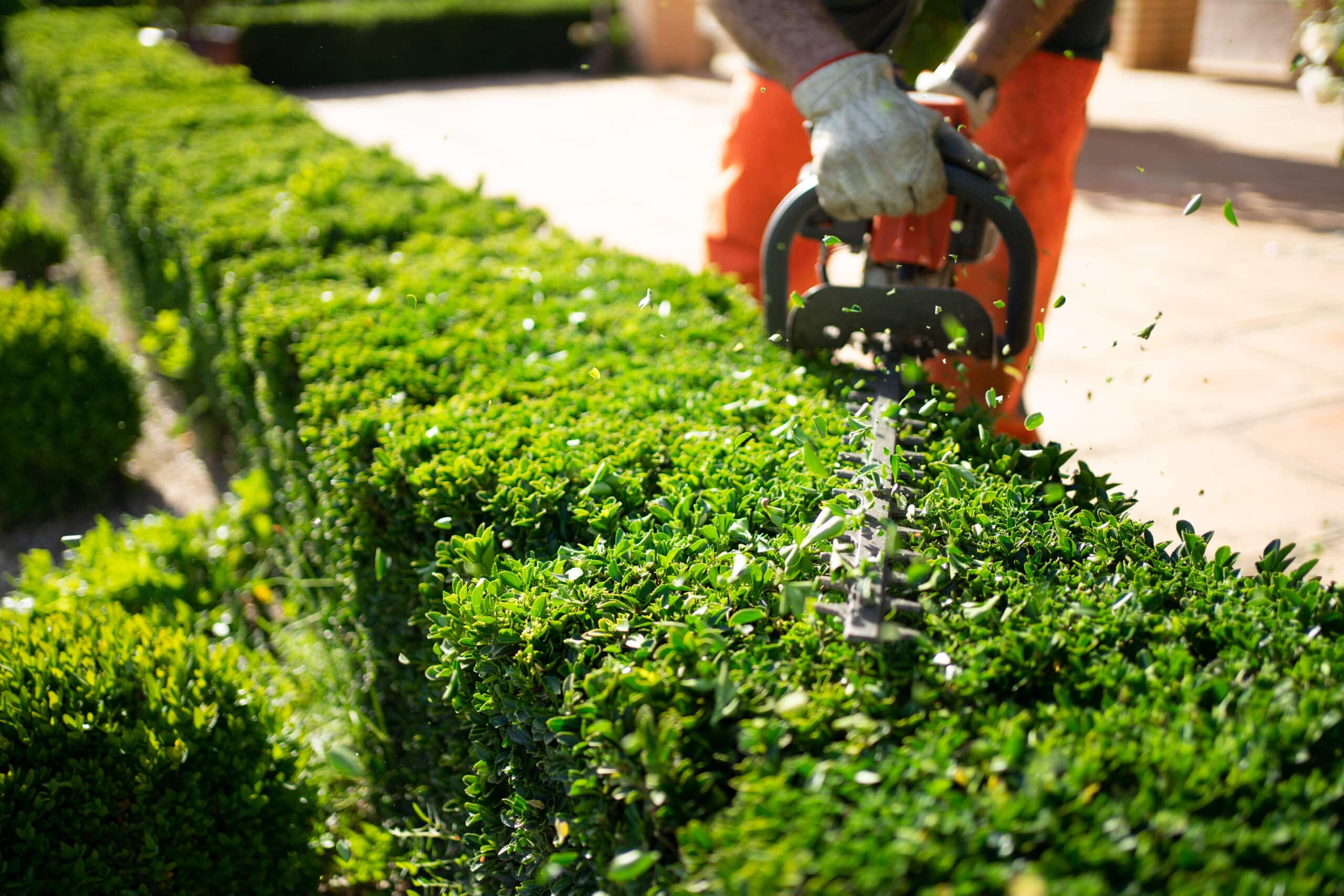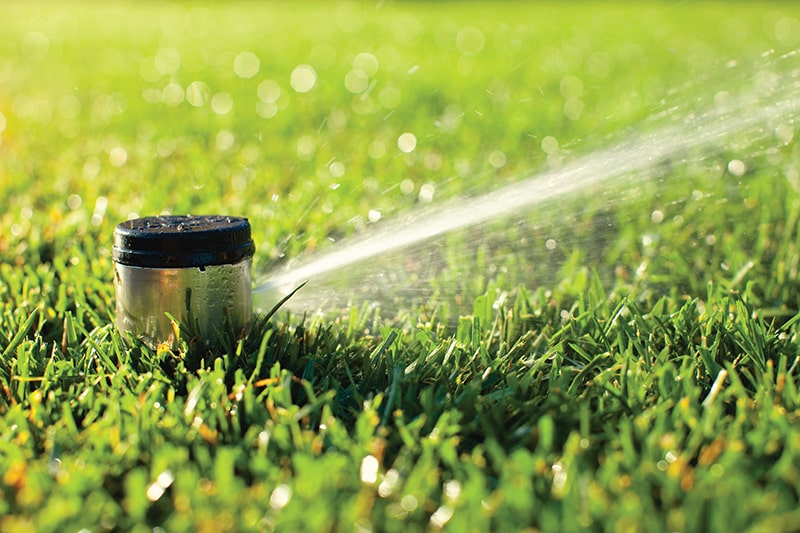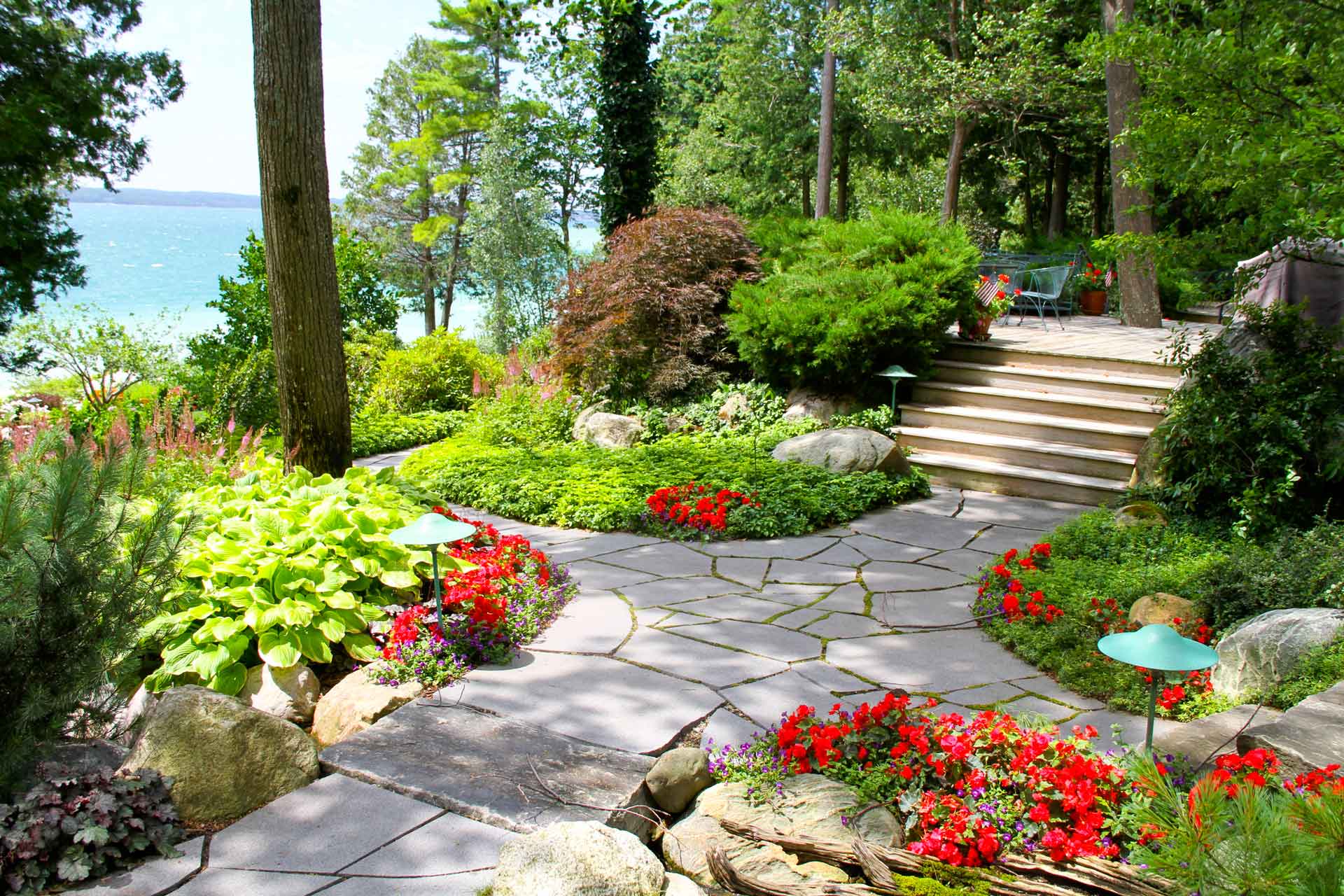Landscaping maintenance can transform your overgrown yard into a serene paradise. From simple lawn care to intricate landscaping services, there are various options available to meet your specific needs. A professional landscaper can bring your envisioned landscape designs to life.
By hiring a landscaping company, you can entrust them with all your land maintenance needs. This article aims to provide guidance on transforming your landscaping ideas into reality, giving you a general understanding of the landscaping services offered and their associated costs.

Types of Services Offered by Landscape Maintenance Services
Spring and Fall Clean Up
As the seasons transition, your lawn care needs also change. During the arrival of fall and spring, your yard requires additional attention. A professional landscaping company can assist by cleaning your mulch and flower beds, edging the borders, and removing any debris. They will also trim back perennials to promote new growth in the upcoming months.
Typically, it is recommended to schedule spring and fall clean-up twice a year to coincide with the start of these seasons.
General Bed Maintenance/Detailing
Periodically, it is beneficial to have your flower and mulch beds tidied up. This routine maintenance involves tasks such as weeding, trimming, and edging. While not as extensive as spring and fall clean-ups, regular general maintenance by your landscaper is essential. It helps ensure that your yard maintains a pleasing appearance throughout the year and remains easily manageable.
Pruning/Hedging
Similar to giving your lawn a trim, your flowers, bushes, trees, and shrubs also require pruning. It is crucial to rely on a professional who knows the appropriate timing for pruning each plant. Pruning at the wrong time can potentially harm certain plants. Moreover, an experienced professional understands the precise amount to trim without causing damage to the plant.
Landscape Plant Protect and Feed
Certain plants heavily rely on nutrients from the soil to maintain their health. To ensure their well-being, a landscaping service can replenish these essential nutrients back into the soil. Along with providing nourishment, they will also take proactive measures to prevent pests and diseases that could harm your plants.
Lawn Protect and Feed
To achieve a vibrant and healthy green lawn, consider hiring a landscaper who provides chemical spraying services. These services help supply your lawn with essential nutrients while also protecting it from pests and diseases like insects and fungi. A knowledgeable professional will have the expertise to determine the optimal timing for lawn spraying and select the most suitable chemicals for your specific type of grass.
Mulching
In spring, it is commonly recommended to apply an additional layer of mulch to your mulch beds. This practice serves multiple purposes: it creates a clear separation between your plant beds and lawn, making lawn care easier. Moreover, it enhances the aesthetic appeal of your landscape, making your trees, bushes, and flowers more prominent and eye-catching.
Leaf Removal
In the fall and for specific tree species in the spring, deciduous trees shed their leaves. It is important to remove these leaves promptly to prevent them from smothering your lawn and plants. Landscapers can efficiently clean up the leaves and ensure they are taken away from your property, leaving you with a tidy and leaf-free space.
Lawn Mowing
Lastly, regular lawn mowing is a crucial aspect of lawn and yard maintenance. In the summer months, grass tends to grow rapidly, especially in moist conditions. It is recommended to trim the grass once a week or every other week, depending on the climate. Engaging a landscaping service can ensure that your lawn is mowed professionally, providing a well-groomed appearance that enhances its overall appeal.
Lawn Service Costs
The cost of landscaping services, like any other service, depends on factors such as the type of service, the size of the project, and the location. If you require additional work, it is reasonable to anticipate a slightly higher cost. Different landscaping companies may offer varying prices, but this can serve as a general guideline for your reference.

Monthly Lawn Care Cost
According to Home Advisor, the average monthly cost for lawn care services falls within the range of $100 to $200 for homeowners. However, the actual cost can vary depending on the specific services required and the size of your yard. General services typically encompass mowing, trimming, and basic maintenance. If you opt for more complex and detailed projects, the costs can increase significantly.
Weekly Lawn Care Cost
Most service providers tend to charge approximately $50 per visit, which typically covers lawn mowing and trimming. The frequency of these visits is usually on a weekly or bi-weekly basis. When you enter into a contract with a company for recurring services, you can often secure a slightly lower rate.
Annual Lawn Care Cost
On average, homeowners can expect to spend between $700 and $2,600 annually for landscaping services. The cost is influenced by climate, as warmer regions often require year-round maintenance, while colder climates may not necessitate lawn care during late fall and winter months.
Additionally, the price varies depending on the specific services provided. Ongoing mulching, pruning, and mowing services typically incur higher costs compared to a single service. Many landscaping companies offer discounted rates when homeowners sign a contract for multiple services, allowing them to save some money.
Lawn Mowing and Maintenance Cost
For basic maintenance services like mowing, trimming, and hedging, the monthly cost is typically around $140. Landscapers frequently provide these services. It’s important to note that larger yards generally incur higher costs for mowing and maintenance compared to smaller yards.
Lawn Aeration Cost
Lawn aeration is a beneficial practice that allows nutrients and water to penetrate the soil and reach the roots of your lawn. The cost of lawn aeration typically ranges from $75 to $180, which can vary based on the size of your yard and the specific services required.
Fertilization Cost
Lawn fertilization is typically done in multiple stages, as it often requires several applications. The cost of lawn fertilization can range from $80 to $380, depending on the number of applications needed or desired. For a single fertilization service, the cost is generally around $50.
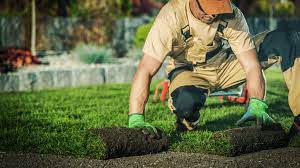
Installing a Sprinkler System Cost
Installing a sprinkler system provides convenient watering for your lawn with a simple switch. The cost of installation can vary between $1,750 and $3,400, depending on factors such as the quality of materials used and the size of your yard. In some cases, it may be necessary to install a drainage system alongside the sprinkler to prevent yard flooding.
Tree Trimming Cost
Compared to hedging and pruning, tree trimming is often considered a more hazardous task, resulting in higher costs. The size and shape of the tree significantly influence the pricing, ranging from $400 to $1200. If you have a particularly challenging situation that requires specialized attention, the cost may exceed these estimates.
Dethatching and Power Raking Cost
Dethatching involves the removal of the top layer of thatch from your lawn, which consists of grass, roots, and dead grass. Thatch can impede the proper flow of water and sunlight to your lawn. The cost of dethatching typically ranges from $100 to $700. Alternatively, power raking is a more intensive method of thatch removal, costing around $10 to $20 per thousand square feet of lawn.
Lawn Replacement/Restoration Cost
If you’re looking to replace your lawn and prefer not to wait for the reseeding process, lawn replacement with sod is a viable option. Unlike seeding, sod is already grown and ready for immediate application. The cost of replacing one-fifth of an acre with sod ranges from $2,500 to $7,000 or more. The price of sod varies based on factors such as the type of grass, location, and market availability.
On the other hand, seeding a lawn is a more cost-effective option, with prices ranging from $400 to $1,500 to reseed an entire lawn. However, it’s important to note that the restoration process can take up to two years for the full growth and establishment of the new lawn.
7 Lawn Maintenance and Gardening Tips
Keep an Eye on Soil pH
The growth of your grass depends on the pH level of your soil. pH levels can fluctuate, so it’s important to monitor and make necessary adjustments. Even if your soil appears healthy, it may not have the optimal pH levels for grass and plants.
You have the option to test the pH of your soil yourself or hire a professional to do it for you. Generally, grass thrives in soil with a pH range of 6.0 to 7.2. A helpful tip is that lime can raise the pH level, while iron can lower it.
Feed Shady Areas Less
The amount of water and nutrients required by your grass is influenced by sunlight exposure. Overfeeding or fertilizing a lawn in shady areas is counterproductive and can accelerate its decline. Due to slower growth in shade, grass does not need as much fertilizer. Insufficient sunlight cannot be compensated for by any amount of fertilizer.
Similarly, watering requirements are reduced in shady areas because the shade prevents excessive evaporation of water. Just as underfeeding can harm your lawn, overfeeding it can have the same detrimental effect.
Plant Trees as if They were Fully Grown
When planting a new shrub or tree, it’s important to consider its eventual size and treat it as if it were already fully grown. Visualizing the space it will occupy as it grows will prevent overcrowding in your beds. Additionally, this practice helps you identify appropriate planting locations for your trees. Planting a tree too close to a structure can lead to damage for both the tree and the structure.
Healthy Grass Prevents Weeds
Maintaining a thick and healthy yard is key to preventing weed growth. A lush lawn leaves little room for weeds to emerge. Conversely, an unhealthy lawn with gaps provides ample space for weeds to thrive, benefiting from the sunlight. Therefore, to achieve a weed-free lawn, it’s important to prioritize the care and well-being of your grass.
Use Ground Covers for Landscaping Issues
Ground cover plays a crucial role in preventing erosion and maintaining the desired arrangement of rocks in your landscape design.
Mulch Leaves Instead of Raking
One option to manage fallen leaves is to mulch them by shredding them and spreading them across your yard. This approach not only reduces the time spent on maintenance but also serves as a natural fertilizer. To mulch leaves and grass, you can use a lawnmower to go over them. Instead of collecting the mulch in a bag, simply blow it around your yard.
It’s important to note that excessive mulch can harm the grass beneath, so some raking may still be necessary. However, as long as you have a manageable amount of leaves, allowing the mower to do the work can be beneficial.
Protect Trees with Mulch
Tree roots greatly benefit from the protection provided by soil and other coverings. One effective way to protect your trees is by applying mulch around them. Mulch plays a vital role in preserving moisture for the tree’s roots and acts as a deterrent to critters that may try to feed on them. Applying a layer of mulch, about two to four inches thick, around the base of your trees is recommended. Additionally, creating a three to four-foot border of mulch around the trees further enhances their protection.
Mulch serves the purpose of preventing grass and weeds from competing with trees for essential nutrients, allowing the trees to grow to their full potential and maintain good health.
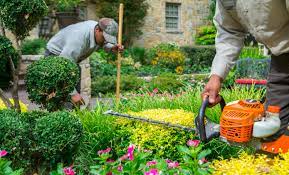
Finding the Right Landscaper
If you reside in Colorado and require landscaping services, Mile High Lifescape is here to cater to all your needs. In addition to routine lawn maintenance, Mile High Lifescape specializes in personalized landscaping and yard designs. As your trusted landscape architect and designer, we are dedicated to bringing your dreams to life.
Whether your lawn requires mowing or you wish to embark on a new landscaping project, don’t hesitate to reach out to Mile High Lifescape today. The ideal backyard landscaping design you’ve been envisioning is closer than you think.
Contact us:
Address: 1427 S Federal Blvd, Denver, CO 80219
Hotline: +(303) 877-9091
Email: [email protected]
